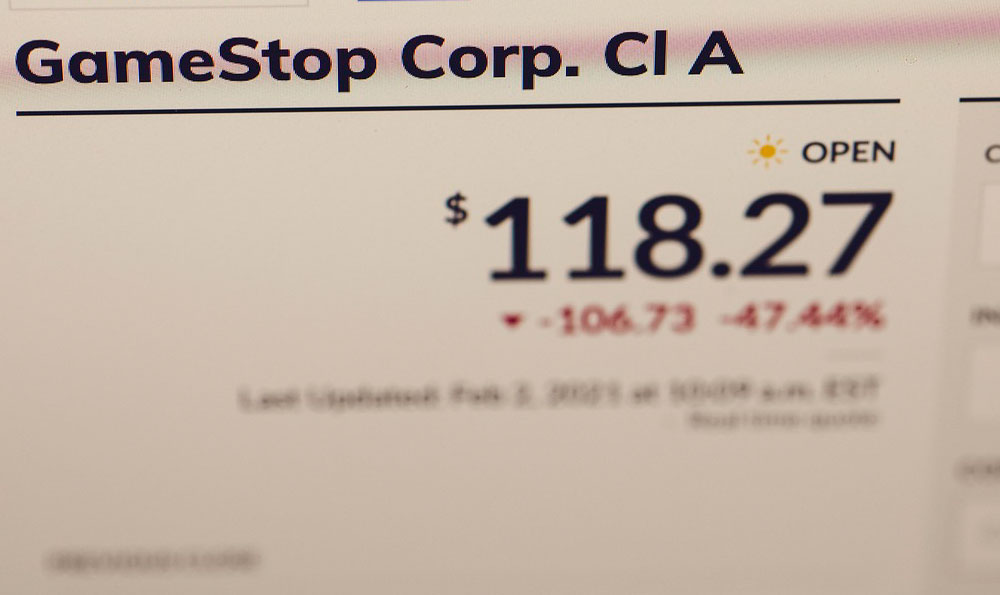Fortnite, the cultural phenomenon and battle royale behemoth, has not only captivated millions of players worldwide but has also generated a staggering amount of revenue, solidifying its position as one of the most successful video games in history. Estimating its exact profitability, however, is a more complex endeavor, shrouded in the intricacies of development costs, marketing expenses, and Epic Games' overall business strategy. Let's delve into the estimated revenue figures and attempt to unravel the profitability puzzle surrounding this gaming juggernaut.
Fortnite's revenue model primarily hinges on in-game purchases, specifically cosmetic items like character skins, emotes, and weapon wraps. These purchases don't offer any gameplay advantage, ensuring a level playing field for all players, regardless of their spending habits. This approach, known as free-to-play (F2P), has proven incredibly lucrative. By offering the core game experience for free, Epic Games casts a wide net, attracting a massive player base. The lure of customization and self-expression through cosmetic items then encourages players to spend money, creating a consistent revenue stream.
Estimates regarding Fortnite's revenue vary across sources, but all paint a picture of significant financial success. In its peak years, particularly 2018 and 2019, Fortnite generated billions of dollars in revenue. Some analysts estimate that Fortnite raked in over $5 billion in 2018 alone. While revenue has likely fluctuated since then, driven by seasonal trends, content updates, and evolving player preferences, it continues to be a major revenue driver for Epic Games. One should bear in mind that these are estimations, and Epic Games, being a private company, doesn't publicly disclose granular details about Fortnite's specific financial performance.

Several factors contribute to Fortnite's remarkable revenue generation. The game's accessibility, being available on a wide range of platforms, from PCs and consoles to mobile devices, broadened its reach considerably. The engaging gameplay, characterized by its fast-paced action, strategic building mechanics, and constantly evolving content, keeps players coming back for more. The regular introduction of new seasons, each featuring unique themes, challenges, and cosmetic items, injects freshness into the game and encourages continued spending. Furthermore, collaborations with popular franchises, such as Marvel, Star Wars, and various musicians and artists, have further expanded Fortnite's appeal and drawn in new audiences. The scarcity of certain items, offered for a limited time, also incentivizes prompt purchases.
Turning our attention to profitability, the calculation becomes considerably more challenging. While revenue figures offer a glimpse into the game's financial success, they don't tell the whole story. To determine profitability, we need to consider the substantial costs associated with developing, maintaining, and marketing Fortnite. These costs include:
-
Development Costs: Creating and constantly updating a game like Fortnite requires a large and talented team of developers, artists, designers, and engineers. Their salaries, equipment, and infrastructure contribute significantly to the overall development budget. This includes not only the initial development of the core game but also the ongoing development of new seasons, features, and cosmetic items.
-
Marketing and Advertising Costs: Promoting Fortnite on a global scale involves significant investment in marketing and advertising. This includes online advertising, social media campaigns, influencer marketing, and partnerships with other brands. The cost of securing collaborations with major franchises and celebrities also adds to the marketing budget.
-
Server and Infrastructure Costs: Running a live, online game with millions of concurrent players requires a robust and reliable server infrastructure. Maintaining and expanding this infrastructure is an ongoing expense.
-
Royalties and Licensing Fees: Fortnite's collaborations with other franchises often involve paying royalties or licensing fees to the owners of those franchises.
-
Operational Costs: This encompasses all the day-to-day expenses associated with running the game, including customer support, community management, and administrative overhead.
Considering these costs, it's reasonable to assume that while Fortnite generates substantial revenue, a significant portion of that revenue is allocated to covering these expenses. Determining the exact percentage that constitutes profit is difficult without access to Epic Games' internal financial data.
However, several factors suggest that Fortnite has likely been a highly profitable venture for Epic Games, particularly in its early years. The game's F2P model allows for a high conversion rate of players to paying customers, and the sheer scale of its player base amplifies the impact of even small individual purchases. The ongoing nature of the game, with its regular content updates and seasonal events, creates a sustained revenue stream, rather than a one-time purchase like traditional video games. The relatively low cost of producing cosmetic items compared to developing entire games also contributes to its profitability.
Moreover, Fortnite's success has had a positive ripple effect on Epic Games' other ventures. The popularity of the game has boosted the profile of the Epic Games Store, attracting more users and developers to the platform. The Unreal Engine, Epic Games' game engine, has also benefited from Fortnite's success, as its use in the game has showcased its capabilities and attracted new licensees. The game has essentially acted as a gigantic advertisement for Epic Games and its other products.
In conclusion, Fortnite has undoubtedly generated a tremendous amount of revenue, solidifying its status as a gaming juggernaut. While the exact profitability figures remain closely guarded, the available information strongly suggests that it has been a highly profitable venture for Epic Games, contributing significantly to the company's overall financial success and bolstering its position in the gaming industry. The blend of a free-to-play model, engaging gameplay, constant content updates, and strategic partnerships has created a revenue-generating machine that continues to resonate with players worldwide. The game's success, however, also serves as a case study in the power of live-service games and the importance of adapting and evolving to meet the ever-changing demands of the gaming market.












